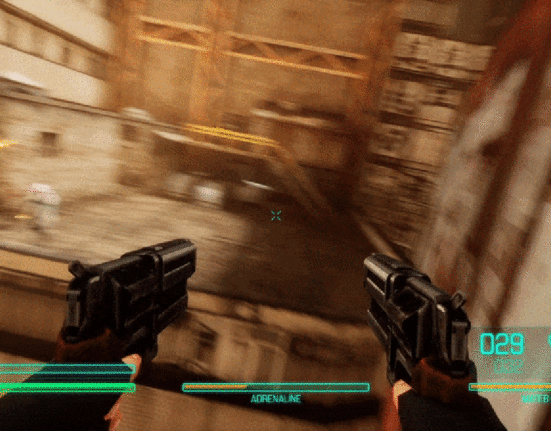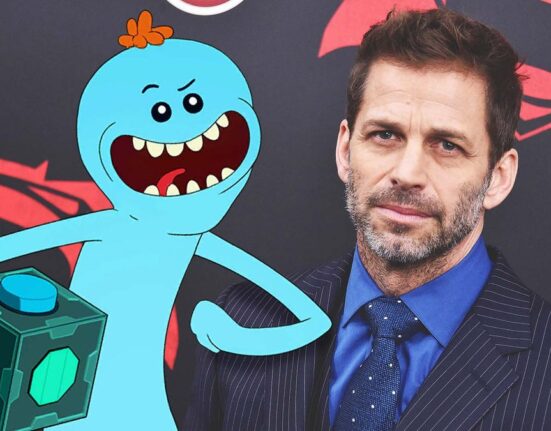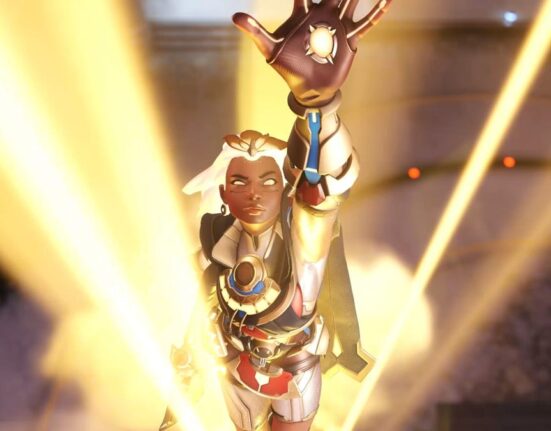If you just finished watching episode five of HBO’s The Last of Us, you might be wondering just what that giant infected was that the show made a big deal about but didn’t actually bother to explain. Well friends, what you saw is colloquially called a bloater by characters like Joel and Ellie, and it’s a focal point of certain enemy encounters in The Last of Us games. But you wouldn’t know that based on what the show’s actually portrayed so far. So let’s talk about why these big baddies are so impactful to game fans.
What is a bloater?
A bloater is considered to be one of the end stages of infection for victims of the cordyceps fungus ravaging the world of The Last of Us. Unlike the more common clickers, people who have reached bloater stage are pretty much entirely encased in the fungus that grows from out of an infected’s head. This happens when the victim’s been infected for years and has somehow managed to “survive” that long. As Joel mentions in episode two, most infected only live around a month or so, but clickers and bloaters have been infected so long that the fungus has desecrated their eyes and they have to use echolocation to navigate. Clickers are more abundant, but if an infected lives long enough to become a bloater, its hulking frame and exploding pus sacks—oh yes, it has exploding pus sacks that it throws at Joel and Ellie—make it far more dangerous.

How do bloaters work in The Last of Us games?
Bloaters appear as mini-bosses at multiple points throughout both The Last of Us and its sequel. Originally, the enemy made its debut in Bill’s fortified town, but because the show took a very different approach to that story in episode three, the bloater didn’t debut until the Kansas City episodes. A bloater is an especially powerful enemy that, if it grabs you, will take you out in one hit. Perry’s death, in which the bloater tears his head from his body, is an homage to a death animation in the games in which a bloater can grab Joel or Ellie and do exactly that. The games do a hard cut to black before showing the extent of the damage, but still show enough to give a sense of just how gruesome the death will be. Shoutout to HBO for shooting that scene from a distance so we didn’t have to see Perry’s execution in excruciating detail.
G/O Media may get a commission
Unlike clickers, bloaters aren’t susceptible to a stealth kill with a shiv or Ellie’s switchblade, so you have to take them out the old-fashioned way with bullets and molotov cocktails. Both games have a few bloaters you can stealth past, though, allowing you to avoid fighting them entirely. But if you can’t manage that, you’ll inevitably use up quite a bit of your supplies taking them out.
Read more: The Big Ways The Last Of Us Show Changes The Game’s Lore
Are bloaters an infected’s final form?
In theory, a standard infected will either survive long enough to become a bloater, or they’ll die and the cordyceps fungus will continue to grow out of their bodies and into the environment around them. In episode one, Tess and Joel stumble upon a dead infected which was pretty much grown into the wall in the Boston quarantine zone. However, as The Last of Us Part II illustrates, environmental factors can influence how the cordyceps evolves at different stages of infection.
The Last of Us Part II takes place primarily in Seattle, and while there, Ellie faces a different variation of late-stage infection called shamblers. Similar to bloaters, these infected are covered head to toe in the cordyceps fungus, but rather than slinging fungal explosives at the player, Shamblers spray acid from their bodies and explode when killed. Though the reason for this divergence in infection is never confirmed, the player can find notes around Seattle that theorize it was due to the rain and moisture in the city. This seems reasonable enough, but shamblers also appear in Part II’s late-game Santa Barbara sections. This might just be an example of gameplay getting in the way of worldbuilding, but whatever the case, there are other possible fates for an infected beyond turning into a bloater…though we might not see them in the show until the upcoming second season.

The most advanced form of infection The Last of Us has shown was in an infamous boss fight in Part II with an entity called the Rat King. This was the culmination of multiple infected growing into each other to create one giant, vicious beast in the lower floors of a Seattle hospital, which was the city’s infection ground zero. This phenomenon has only been seen once in the series so far, and occurred in such specific circumstances that it seems incredibly rare in the world of The Last of Us.
While the bloater is a rarity in The Last of Us’ universe, every time they appear in the games it’s an impactful moment. The bloater’s first appearance in HBO’s show was pretty major, but we’ll have to wait and see if anyone actually bothers to explain why it was significant in a future episode.







Leave feedback about this